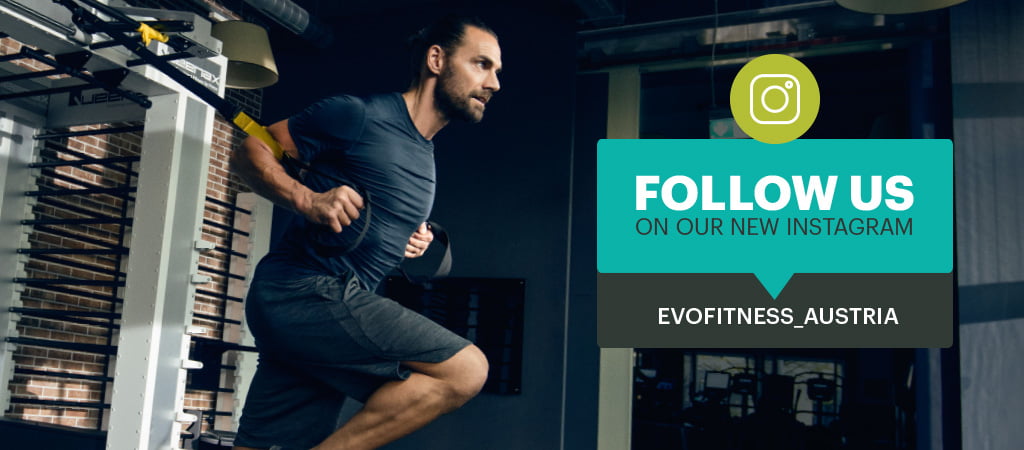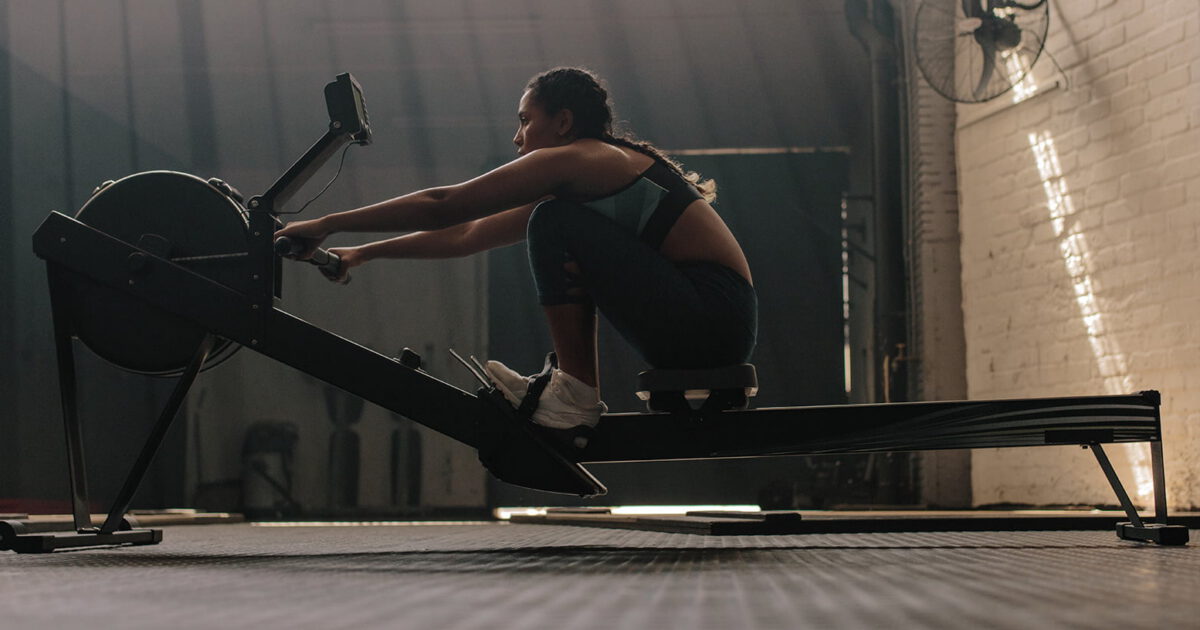When we hear the words “Low Intensity Interval Training”, we might think of it as “High Intensity Interval Training”’s little sister. A lesser, inferior training method for amateurs and beginners.
On the contrary!
Low intensity does not mean low impact – and when incorporated into your workout routine, you’ll see how LIIT can pack as much punch as HIIT.
So, what is LIIT?
As you’ve already guessed, it stands for Low Intensity Interval Training.
It shares similar benefits as High Intensity Interval Training, but with it’s own unique benefits.
LIIT is similar to HIIT in that it includes intense periods of exercise, but it has different timings, durations and recovery periods.
Imagine it like a quick three-minute jog or sprint, followed by a longer five-minute walk at the end. With short bursts and a longer recovery, it gives an astoundingly high-impact workout.
3 Benefits of LIIT
1. Your heart will thank you for LIIT
Since the training technique doesn’t push your heart rate to the limit, benefits are primarily centred around the cardiovascular system. The focus is more on your repetitions.
2. Kinder on your joints
While impact training can improve bone density, higher-impact training can also cause excessive strain on the joints. For example, every time we run we put 2.5 times more weight onto the ground with the impact of the running. That kind of pavement pounding can take its toll.
3. Prevents injuries and burnout
It can prevent or reduce the risk of injury. It’s lower impact, which is great for anyone who may have injuries or strains – giving you more energy to work out, minus the burnout.

Can LIIT it be as beneficial as HIIT when burning calories?
Yes, LIIT can be as beneficial as HIIT when burning calories. You can burn as many calories using one or another. The difference lies with the training time and duration. Around 30 minutes of HIIT equates to around 60 minutes of LIIT – perfect for anyone who prefers their workouts to work in harmony with their bodies, rather than contribute to aches and pains the next day.
Can LIIT help with weight loss?
While HIIT has the reputation of being the weight-loss winner, LIIT has been proven to be just as effective.
Researchers at The School of Kinesiology and Health Studies followed two sets of people, one using HIIT and one using LIIT.
Research concluded that both sample groups shed equal amounts of weight.
Is LIIT just for beginners?
Thanks to its kinder nature, it is excellent for beginners. It allows a gradual increase of strength and ability, while giving the beginner a longer period of time to recuperate and build up stamina.
For those who have had a respite period from sport and exercise (or those recovering from injury), LIIT is ideal in helping them ease back gradually into fitness.
However – it’s absolutely not just for beginners. For the best balance of training, it’s suggested you bring both LIIT and HIIT into your routine – both have proven excellent for toning, strength and stamina. Each method also brings its own set of diverse qualities and benefits to functional fitness training.
LIIT workout
Now that you know the theory, it’s time to try it in a workout. Here is an example of a LIIT workout:
45 seconds of exercise, 1-2 minutes rest after each circuit.
Repeat for 3 to 5 circuits.
- Alternating heel taps
- Squat to cross-body punches with dumbbell
- Knee crunches
- Ice skaters
- Bicycle crunch to toe tap
- Squat dumbbell to bicep curl
- Plank walk-outs



